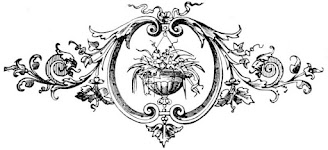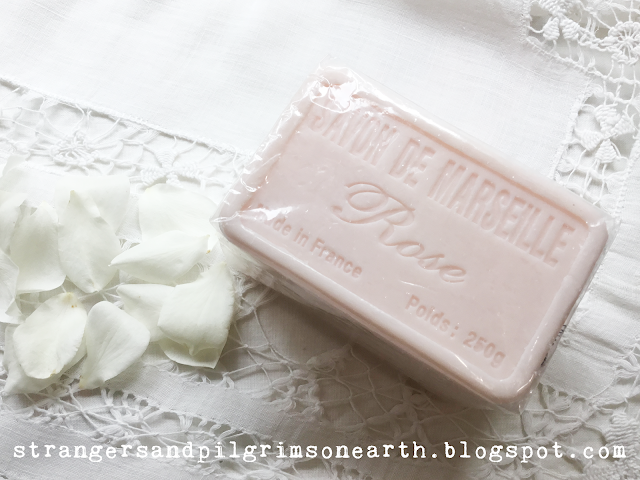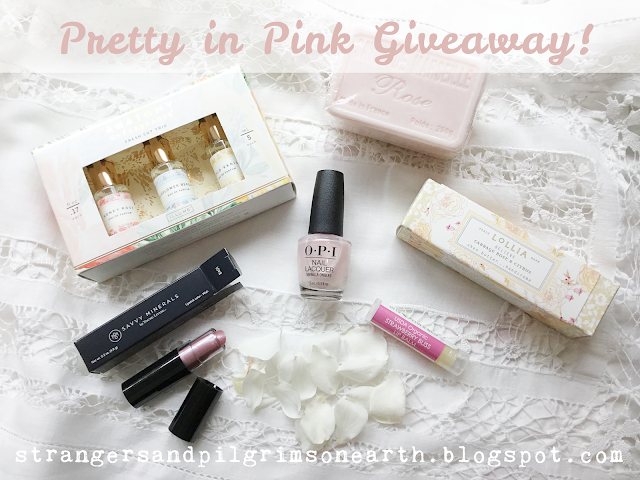I remember I used to be intimidated by salves. I thought it was too complicated and involved for a busy homeschooling, homesteading, homemaker. But that is far from true (especially with the tips I am going to share)! They are so quick to make and one of the most used in our herbal medicine cabinet! You simply melt your ingredients together! I am sharing two recipes. One is a basic, all-purpose, Neosporin® type salve while the other is a bit stronger for those with eczema or fungus related issues that I will refer to as "super salve".
There are many ways you can make this! I encourage you to adapt this recipe to use what you have on hand. To begin, you will need either extra-virgin olive oil or coconut oil or a combination of the two. I personally like to prepare the salve with a combination of the two as you get the beneficial properties from both oils.
In order to get a more medicinal recipe, I encourage you to make an infused oil first using either lavender or calendula flowers (or a combination of both). You will find the tutorial for making a medicinal oil here! If you wanted to specifically make the "super salve" for fungus and eczema, I would highly suggest you to infuse your oil with calendula flowers as it is excellent for such skin conditions (see all that you can do with the amazing calendula flower here).
To begin, measure out your oil(s) -- I used 1 1/2 c. for my recipe (use the medicinal or regular oils or blend of both the oils). Place inside a double boiler. This is where the quick tip comes in. To bypass excess clean up, save up some of your discarded canned food tins to make a disposable double boiler (that means you don't need to clean up the beeswax residue after - you just toss your can!). Just add a few inches of water into a sauce pan and place your clean can inside. Add the oil to the can and you have a makeshift double boiler!
Once the oil has warmed up (you don't want to boil it!) and you have melted down the coconut oil (if you are using it), you can add your beeswax. I used 6 tbsp. for my recipe.
The basic idea is to melt the beeswax with the oil and then remove it from the heat. I use a bamboo skewer as a disposable stirring stick. As you can see, I am not too fond of cleaning up oily and waxy dishes. This makes salve-making a breeze.
Once it is removed from heat, I stir it a bit to cool it off as I don't want to add the essential oils to a hot mixture (it will evaporate the oils). But you don't want it too cooled off as the oil mixture will start to set into a salve! :)
P.S. Notice the woven potholder? I think every homeschooling mother owns one!
Next -- stir in the essential oils.
For the basic salve recipe (aka "natural" Neosporin®) I would add 15 drops of lavender essential oil and 15 drops of melaleuca (aka tea tree) oil.
For the stronger "super" salve recipe which is great for treating fungus and eczema, add in these essential oils:
-10 drops lavender essential oil
-10 drops melaleuca/tea tree essential oil
-10 drops eucalyptus essential oil
-10 drops geranium essential oil
Finally, pour the mixture into clean containers and let the salve set before applying the lids. I save and recycle small jars for these kinds of projects. Baby jars and pimento jars are perfect sized.
This recipe yields approximately 1-1/2 cups of salve and has a shelf life of about a year. The reason I make a larger amount is that there is always someone who could use it! They are an excellent addition to your first aid cabinet, are a useful provision for your preparedness kit and salves make wonderful gifts.
Happy herbal-homemaking!
This article is a part of our Create Your Own Home Pharmacy Series.

Disclaimer: I am not a certified herbalist but a homemaker interested in the arts of natural healing. The information I have learned has been gleaned through study of some of the following favorite books; Rosemary Gladstar's Medicinal Herbs: A Beginner's Guide, Grow Your Own Drugs by James Wong, and The Complete Illustrated Book of Herbs by Reader's Digest and websites of herbalists (such as the Bulk Herb Store Blog).
I am not a doctor. While I do seek scientific confirmation of the safety and effectiveness of the herbs and remedies I use, remember that using remedies is a personal decision. Nothing I say on this blog is approved by the FDA or intended to diagnose, treat or prevent disease. All things on this blog are my opinion or the opinion of others. Also, if you have a medical condition, are taking pharmaceutical drugs, or are pregnant, please consult your physician prior to taking herbs.




































